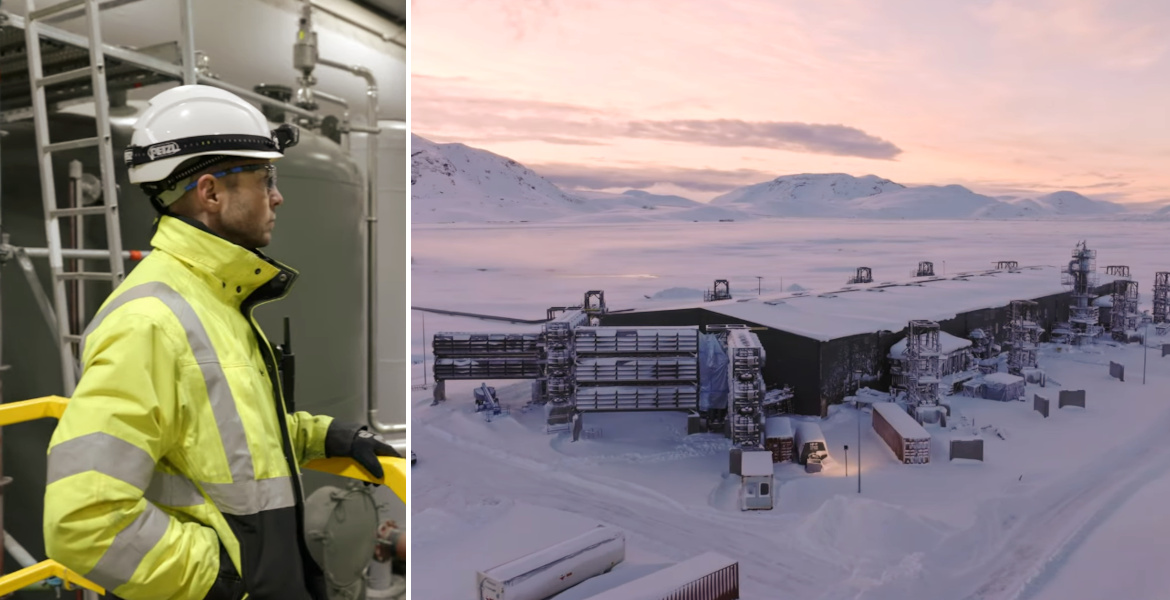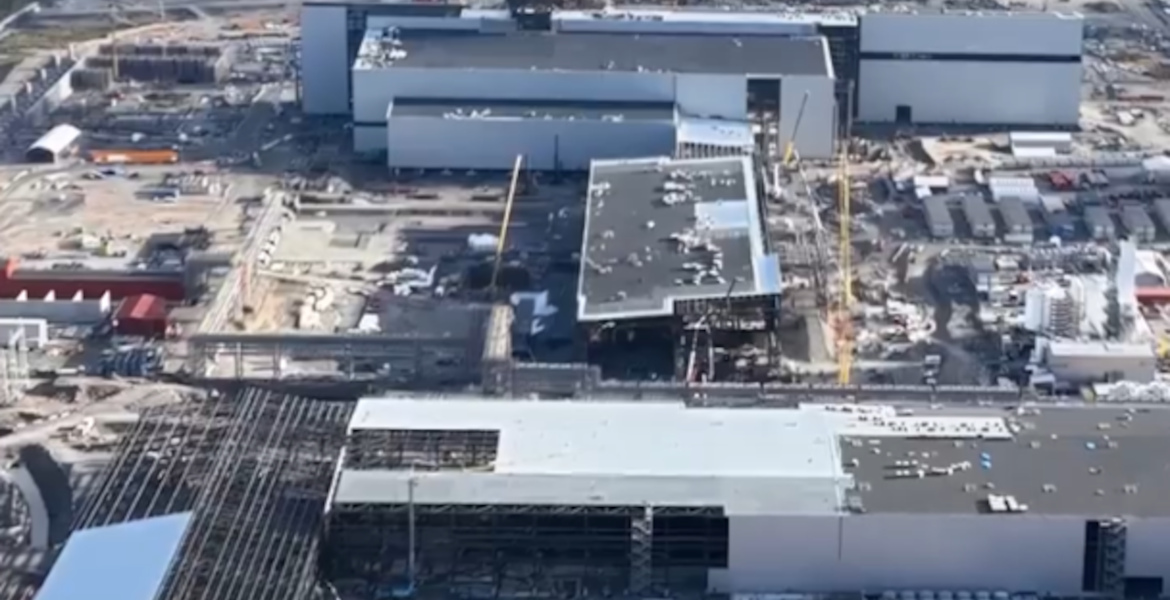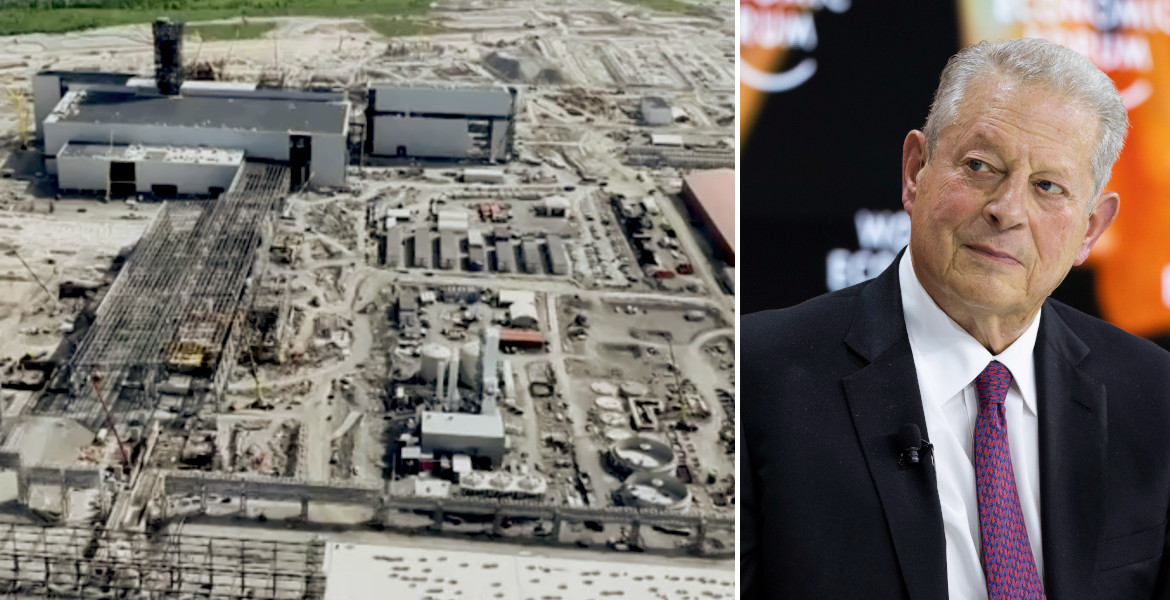Despite promises of groundbreaking climate solutions, Swiss carbon dioxide giant Climeworks' facility in Iceland has not only captured far less than promised – it has also emitted more carbon dioxide than it has absorbed.
Critics say the whole operation is deeply deceptive and one of many examples of scam projects created to profit from the alleged climate crisis.
Climeworks, a Swiss company that markets itself as a pioneer in direct carbon capture (DAC), has failed to achieve its targets in Iceland despite significant investment and media attention.
According to data from the verification company Puro.Earth and the company's own annual reports, Climeworks has only captured around 2,400 tons of CO₂ in Iceland since 2021 – far below the promised capacity ceiling of 12,000 tons. In addition, the company's own emissions from its operations have exceeded its capture: in 2023 alone, Climeworks emitted 1,700 tons of CO₂, significantly more than its total capture.
Climeworks' first facility, Orca, was unveiled in 2021 with a capacity of 4,000 tons of CO₂ per year. In reality, it has never even reached half that target. The larger Mammoth facility, which could capture 36,000 tons annually, has only managed to collect 105 tons after ten months of operation.
According to CEO Jan Wurzbacher, Mammoth requires 5,000–6,000 kWh per ton of CO₂ captured – a process described as extremely inefficient. To offset Iceland's total emissions (12.4 million tons in 2024), 72 terawatt hours of energy would be needed – four times the country's annual electricity production.
Professor: “A scam”
Climeworks' Icelandic subsidiary has negative equity of ISK 3.6 billion (€25 million) and is entirely dependent on funding from its parent company. The value of the Orca machine has also been written down by €1.25 million due to underperformance.
Despite this, the company has sold future carbon credits equivalent to one-third of Mammoth's planned capacity for the next 25 years – even though over 21,000 private subscribers who have paid in advance risk having to wait decades for their certificates.
Mark Z. Jacobson, professor of environmental science at Stanford University, calls the entire DAC industry a big scam and fraud.
– Direct capture is a scam, carbon capture is a scam, blue hydrogen is a scam, and electrofuel is a scam. These are all scam technologies that do nothing for the climate or air pollution.
"Semi-magical technology"
Michael de Podesta, a British pensioner who paid ISK 135,000 (€940) for 2.2 tons of CO₂ capture, expresses similar concerns in his blog, and after looking into the company more closely, he believes he has probably been scammed.
"This has all the hallmarks of a scam. There are undoubtedly a lot of highly paid people traveling the world to sell their services to large corporations to remove carbon credits in the future. They are using a semi-magical technology that doesn't work as well as expected (better known as Orca) but will work perfectly in a larger version (Mammoth)".
"I am urged to convince my friends to join the project. The answers are scarce and full of PR chatter. Climeworks' operations look like a scam and talk like one. But is it a scam? I don't know. I think it could work, but the company's answers are so opaque that it's hard to say", he continues.
Is @Climeworks a scam?
I have been paying them to remove 50 kg of CO2 from the atmosphere each month since August 2021.
Amount removed so far? 0 kg pic.twitter.com/6LvR0UCLfM
— Michael de Podesta (@Protons4B) August 28, 2024
He will not know for sure until 2027 whether Climeworks has actually captured the 2.2 tons of carbon dioxide he has paid for.
Millions from the US
It is also worth noting that the company has received or been promised around $800 million in public subsidies, including $625 million from the US Department of Energy and $5 million from Switzerland. Despite this, the cost per ton of CO₂ captured remains at $1,000 – ten times higher than the original target.
Due to the failures of DAC, Climeworks has now instead begun to focus on "enhanced weathering", a highly controversial method in which crushed rock is bound with CO₂. However, researchers believe that this is a sign of desperation to fulfill credits that have already been sold.
In summary, critics point out that Climeworks' operations have been characterized by exaggerated promises, technical shortcomings, and financial irresponsibility since its inception. Despite being ranked as one of the world's leading green tech companies by Time Magazine, its contribution to climate action is described as marginal at best – and at worst as directly counterproductive and harmful.





